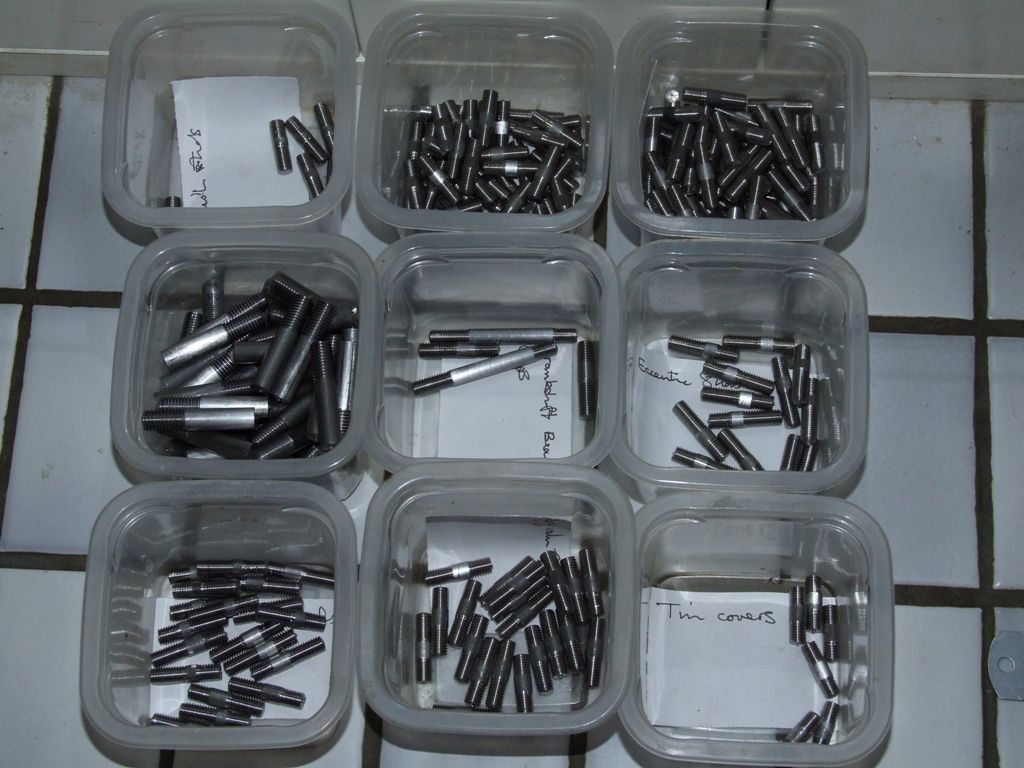There seems to be some confusion about thread forms and thread engagement.
For metric and unified threads the internal and external thread form definitions are different with regards to the crests and troughs. So even perfect threads will only mate on the flanks. However that is not true for the Whitworth form where the crests and troughs are the same and only one thread form is used for both internal and external.
In the case of most of the threads we cut, whether by taps, dies or dieheads, the thread form is predefined by the tool manufacturer. So the only thing we can muck about with is the diameter, moving the whole thread in or out without changing the form. It happens that it is easiest to change the diameter of the male thread by opening out the die or tweaking the adjustment on a diehead. But that's all one is doing, effectively changing the pitch diameter, not altering crests or troughs independent of other features of the thread.
I'd agree that cutting a thread on a rod that is slightly undersize won't make any difference. But that's not the same as wasting time making the rod a few thou smaller in the first place. I'd rather cut the thread on the rod as supplied and waste time drinking beer. 
Andrew
Muzzer.





